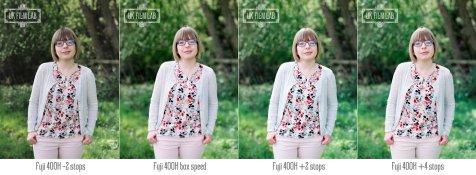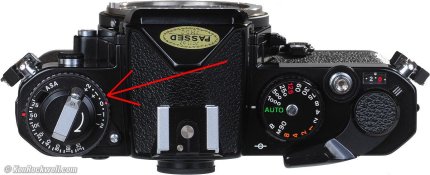You aren't wrong, but you need to understand that those who suggest adding a stop of exposure are most likely basing their decisions on meter readings that concentrate on shadows and shadow details.
IMO something can be added to that. It is not only exposing for the shadows but also developing for the highlights.
To conserve the shadow detail we may want there is no other way than exposing enough for those shadows, and if this may end in excessive densities we adjust development. This is excellent for sheet film because we may make an special developement for each individual sheet, so we carefully spot meter shadows and highlights to nail a result like it is exactly predicted before shutter release. The spot reading and the selected N+/- tells to the photographer the precise density in the negative he will get in each spot, and he even may make a good guess about the eleborated printing workflow he will require for his visualization, also before shutter release.
Usually two shots of the scene are made (Sexton explains)... but no bracketing, this is to have an exact backup, if the image is important for an artist then he wants a backup for the case (for example) the negative gets a minimal scratch while printing a series....
_________
We may recall that in 1959 people were overexposing by 1stop compared to 1961. In 1960 ASA standards changed and
all speeds stamped on the boxes were doubled with no change in the film manufacturing. Were the 1961 negatives better or worse than the ones shot in 1959?
Since 1961 images were better in general, they had more DOF or less Shake, but also images became generally worse than the 1959 in the tonality and in the shadow detail. This was extensively debated at the time... and 60 years later Zone System practitioners still have a mess when explaining if they aim Z-VI or if they rate speed to the half of what the box says, like in 1959 !! Amazing

!
In 1959 meter aimed x20 the light in the speed point (Base+Fog+0.1D), while today (since 1960 change) it aims only x10 the light in the speed point.
What happens if we overepose by 1 stop ? Well... we have a safety factor, negative film usually also works fine at +1 but those shadows at -2.5 will be at -1.5. Also Image quality will be slightly better, smaller crystals will be also exposed and film will have a marginally better capability. (Slides, CMS 20 cannot be overexposed...)
If we spot meter each interesting spot in the scene we have a good prediction about what wil result in each spot, instead if the metering is averaged we don't what we are doing... for example is sun disc is included in the framing the reading changes a lot. The F5 / 6 matrix metter detects that an it is not lured, but in many other situations a brigt spot or area may end in an undesired exposure. Also shutter, aperture, error... and not all rolls are equal, film age counts. In particulars mechanic shutters in LF lenses are not exact and speeds should be checked with a shutter tester to know the actual ones...
Usually negative film reacts better to overexposure than to underexposure, so recommending some overexposure (1/2 to 1 stop) with negative film is not that weird when we don't have total control, like when we use ponderated mode with contrasty scenes.
_________
Some remarkable Pros, like Jose Villa "and friends", being top notch film Pros with atonishing commercial sucess, have made a living from overexposed color negative film. In the Jose Villa case, who more or less is a principal boss in the wedding sector, he usually overexposes Fuji 400H by +2 stops or beyond, not always but usually, he rates 400H at 200, and then he meters in the shadows... And we are talking about people shooting tons of film in the Pro realm and invoicing insane amounts for each job.
http://www.johnnypatience.com/jose-villa-colors/
https://josevilla.com/santa-barbara-wedding-photography-home/
https://josevilla.com/
Of course we may not want a frankly overexposed look like in the wedding shootings, but of course this is an aesthetic resource we have in the toolbox.
Well, no doubt that that CN film stands a fair overexposure abuse, do that with a DSLR ! nothing wrong at +3 or +4, but we have problems at -2, so a +1 by default will mostly benefit the average result, if we have light enough to not have shake or not having to stop to get more DOF.
http://canadianfilmlab.com/2014/04/24/film-stock-and-exposure-comparisons-kodak-portra-and-fuji/
________
Of course, nothing wrong in using CN box speed in a well metered scene, and also nothing wrong in overexposing CN by 1 stop if we can't meter accurately a challenging scene.








 !
!




